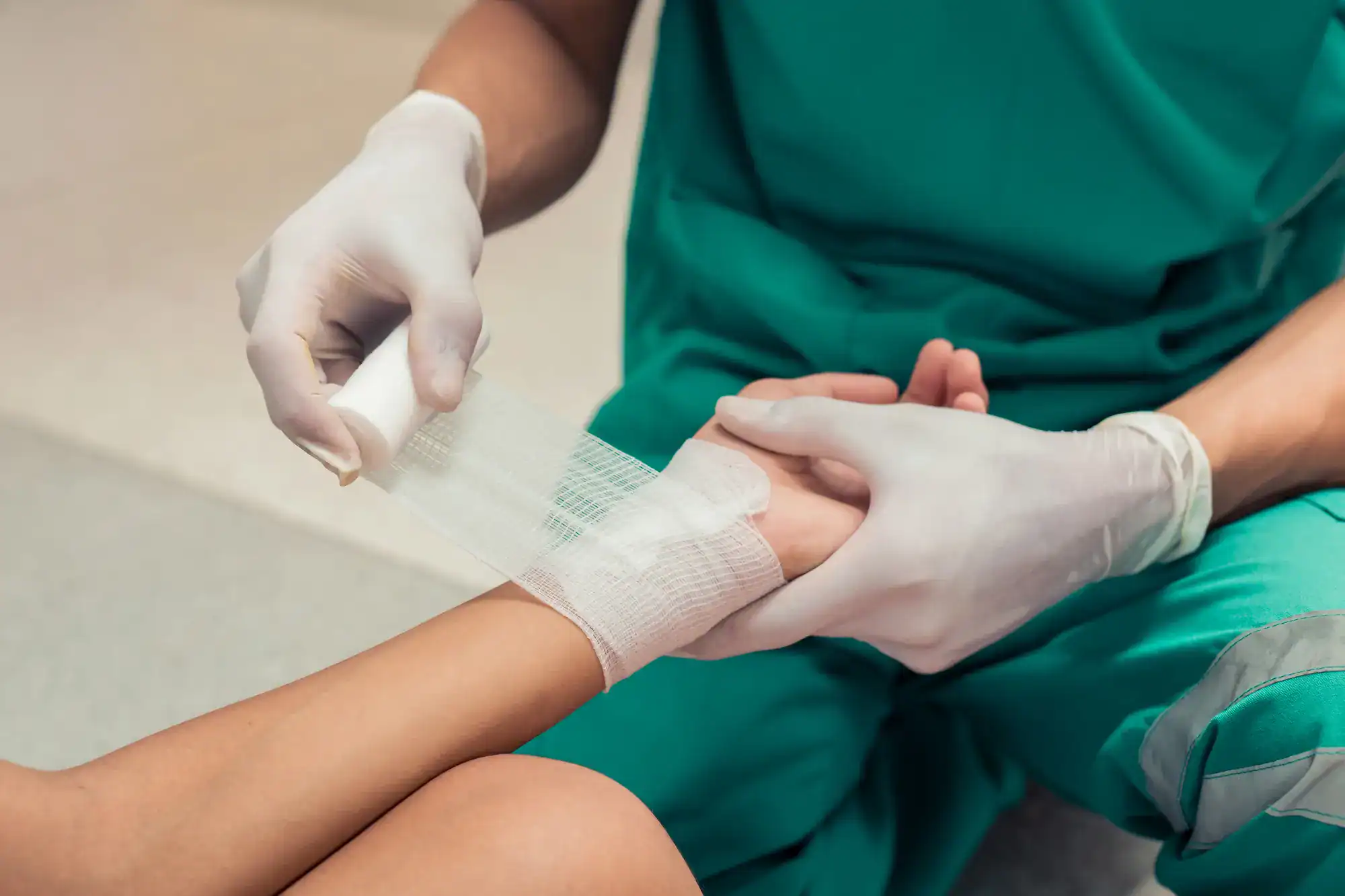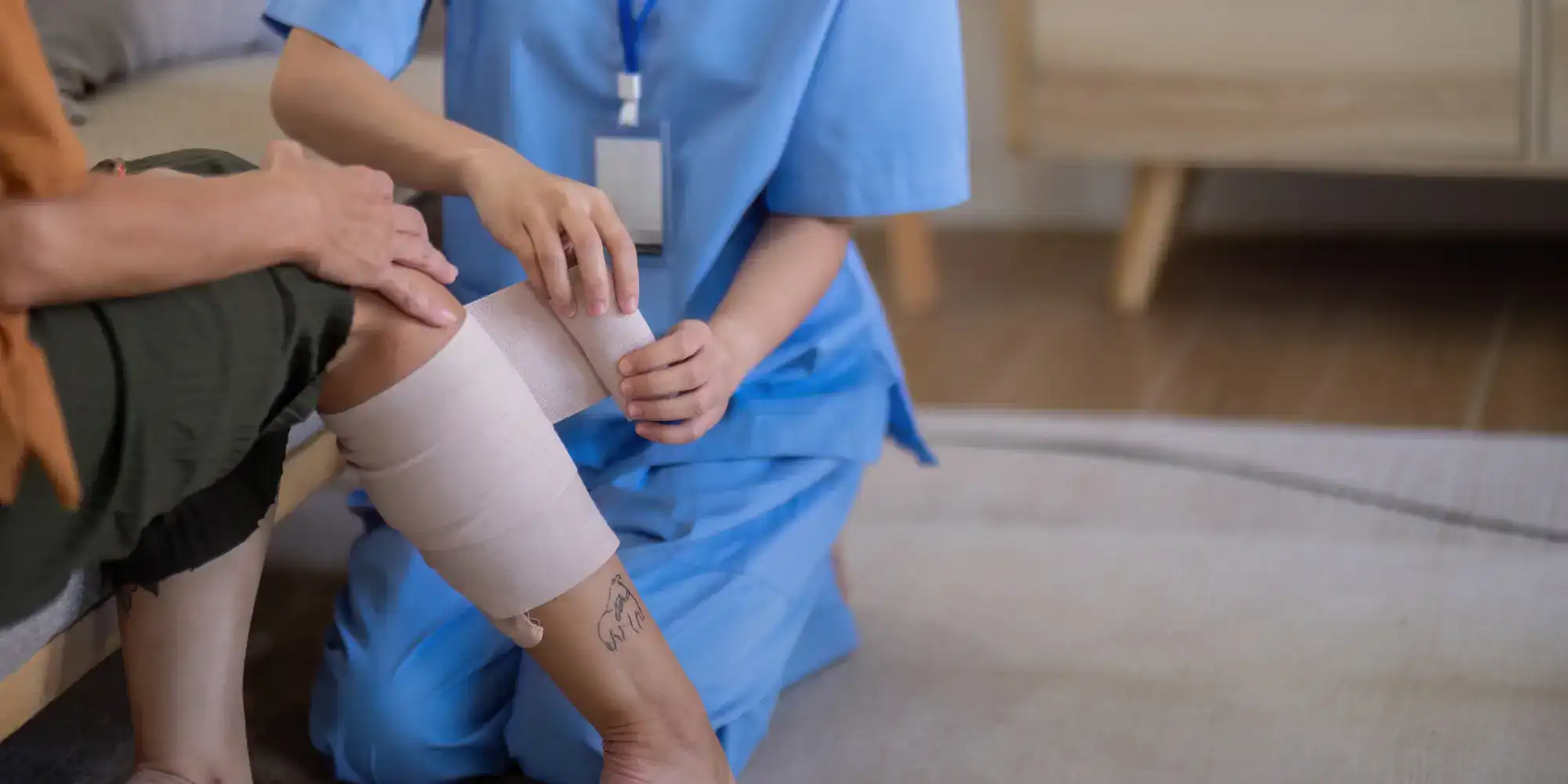Advanced wound care that gets results when standard treatments fail.

See What Our Customers Think

You’ve been dealing with a wound that just won’t close. Maybe it’s been weeks, maybe months. Your regular doctor keeps saying “give it time” but you’re watching it stay the same or get worse.
Here’s what changes with proper wound care treatment. Your wound starts closing within the first few visits. The pain decreases as healthy tissue forms. You stop worrying about infection every time you change the dressing.
Most importantly, you get your life back. You can walk without wincing. Sleep without constant discomfort. Stop canceling plans because you’re afraid of your wound opening up again. That’s what happens when you get treatment designed specifically for wounds that won’t heal on their own.
MedXclusive focuses exclusively on wound care in El Destinado, FL. While other practices treat wounds as a side service, this is all we do.
Our specialists have treated thousands of chronic wounds, diabetic ulcers, and complex healing cases. We know which treatments work for different wound types because we see them every day.
We’ve been serving El Destinado and surrounding communities for years, working directly with your existing doctors to coordinate care. Your primary physician or specialist can continue managing your overall health while we handle the wound healing.

Your first visit starts with a complete wound assessment. We examine the wound, review your medical history, and identify what’s preventing normal healing. This isn’t a quick look – we need to understand exactly what we’re dealing with.
Next, we create your specific treatment plan. This might include advanced dressings, specialized therapies, or treatments like negative pressure wound therapy. Every wound heals differently, so your plan is built around your particular situation.
Follow-up visits track your progress and adjust treatment as needed. Most patients see improvement within the first few appointments. We keep your referring doctor updated throughout the process so everyone stays on the same page about your care.

Ready to get started?
Your wound care includes everything needed to get proper healing started. Advanced wound dressings that create the right healing environment. Debridement to remove dead tissue that’s blocking new growth. Infection control when bacteria is slowing the process.
For diabetic patients in El Destinado, we provide specialized diabetic wound care that addresses the unique challenges diabetes creates for healing. This includes managing blood sugar effects on wound healing and preventing complications that could lead to more serious problems.
We also coordinate with your other healthcare providers. Your endocrinologist, primary care doctor, or surgeon stays informed about your wound progress. This team approach means better outcomes and no gaps in your overall care.
